Several people on Instagram and in real life have told me they are now adding Japan to their travel bucket list after seeing my photos on Instagram and hearing my stories. This makes me so happy! If you like art, architecture, food, organization, and heated toilet seats, go! You won’t be disappointed!
Instagram posts only share so much, though, and I have more to say about my adventures. So if you’d like to read on about some things I noticed about traveling in Japan, please do! If not, that’s okay, too. I understand that Japan isn’t everyone’s cup of (matcha) tea!
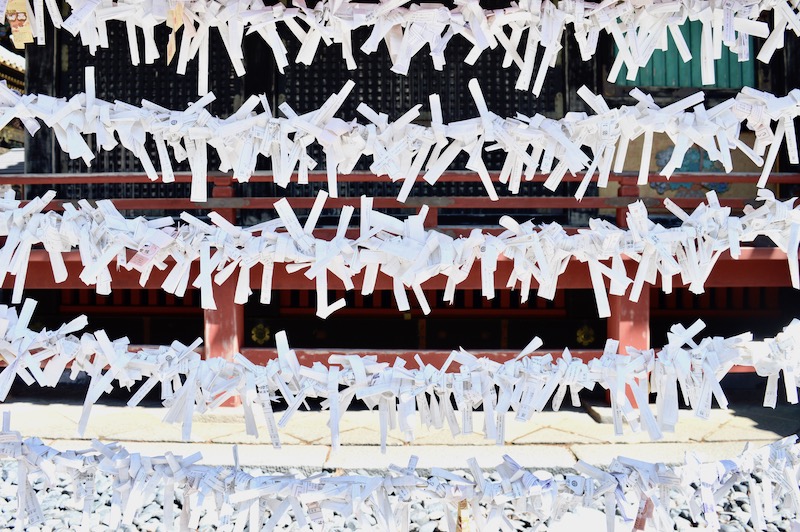
1.Communication. Before I left, several people told me that they thought I was brave to travel so far. I tried to assure people that I wasn’t nervous about traveling to Japan (yes, even considering the distance and the language). I don’t think they believed me though. To be honest, I was mostly curious about how I would fare given a major language barrier. But I also figured that I could use Google Translate and hand gestures to get my points across. And that’s what I did. The combo worked perfectly well.
It was rare to encounter people in Japan who spoke English. The people in hotels generally spoke English at an advanced level, but not everyone. I booked all of my hotels in advance (via Expedia, Agoda, and the hotels directly), so check-in was always smooth.
Some train attendants spoke English, but not everyone. To book train tickets, I used the automatic machines at stations to load up my Pasmo card (like a train/metro card), and since the machines had an English option, adding money to my card was quick and easy.
A lot of restaurants have photos on their menus, plastic replicas of their dishes, or English menus, so figuring out what to eat wasn’t generally an issue. Since I’m not allergic to anything, I was never concerned about what I ordered. If I didn’t recognize something, but I liked it, I just ate it. If I didn’t like it, I didn’t eat it. So simple. I pointed to a lot of things during food orders at restaurants and markets. If you’re allergic to something, I would make sure you have this written in Japanese to show the servers. Don’t count on anyone knowing English.

2. Transportation. Using public transportation (buses, trains) was so easy. Unbelievably easy! I wasn’t expecting it to be so easy, but it was. I used Google Maps every day (and hour and minute), which worked out extremely well. Google Maps would tell me what bus to get on at what time and in what direction. It told me when to transfer to what train on what platform and at what time. It also gave me options for routes, pricing, transit, and walking.
Since the Japanese train system is advanced, well-connected, and efficient, I didn’t ever stress about not catching a train (because I knew there would be one soon after) or about a delay. Google Maps provides notifications of delays, but I only experienced one short delay on a subway line during my two weeks away. It wasn’t an issue at all.
The Pasmo card took me everywhere I needed to go – as in, it worked in Tokyo, Nikko, Kyoto, Osaka, and Kobe. I didn’t need to switch transit cards for each city! Beyond refilling my Pasmo card, I bought tickets for the high-speed train (Shinkansen) once in Nikko (at an automatic machine) and once in Kobe (at the Shinkansen ticket counter (interacting with an attendant who spoke perfect English). I didn’t book any of my long trains in advance. I just went to the station, and within a half-hour, there was my train.
One option for long distance train travel is to invest in the JR Rail Pass, but after looking up some schedules and prices online before I left Canada (at Hyperdia), I realized that I wouldn’t be saving so much money with the JR Pass, and that I’d rather just take the “figure it all out once I land” approach. I think I spent between $400-500 for all my transportation costs (i.e., local trains, buses, high speed trains).
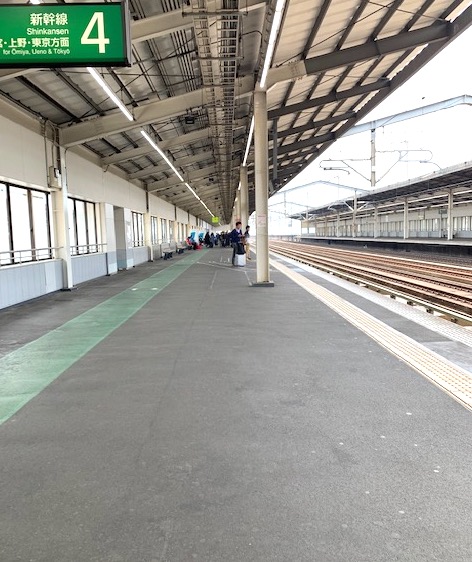
3. Hotel room sizes. Everyone says that hotel rooms in Japan are small. And you know what? They are. I was very happy with all the hotels I booked, and I would stay at each of them again. With the exception of one (Kai Nikko), all of my hotel rooms were very small. I don’t even know where a full-size luggage would have fit or how two large pieces of luggage would have fit. My carry-on fit perfectly everywhere I went, and I unpacked my stuff everywhere I went, too. There were always plenty of hangers and cubbies for my things. I was traveling solo, so every room I had worked out perfectly. If you need to share a room, you might need to look at different hotel options than the ones I’ve listed below.
Here’s where I stayed:
- Tokyo: Risveglio Akasaka
- Nikko: Hoshino Resorts Kai Nikko
- Kyoto: Hotel Resol (Kawaramachi Sanjo location)
- Kobe: Kobe Kitano
- Tokyo: Hotel JAL City (near the airport)
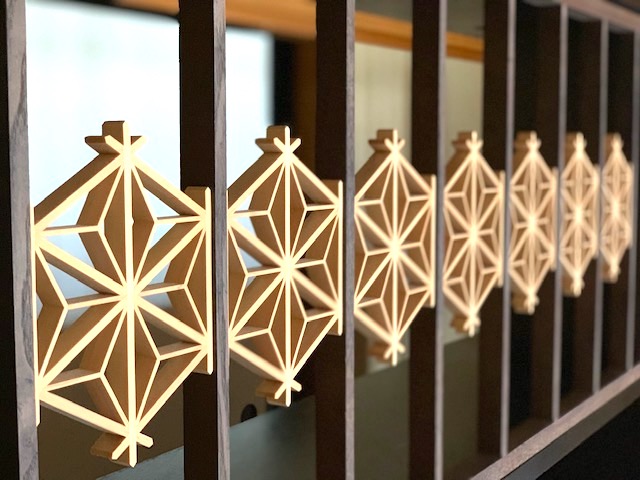
4. People. While I didn’t encounter many people who spoke English, everyone I did meet was extremely polite, kind, and helpful. On the bus. In restaurants. On the subway. People smiled. People laughed when communication went poorly. People appreciated trying to communicate with Google Translate. It was awesome! At Kai Nikko, I met a Japanese mother and daughter who didn’t speak any English, but through Translate and gestures, we managed a bit of communication. These ladies were so sweet. They even saved me a seat for the hotel’s evening dance show. So nice!
5. Cleanliness. The five cities I went to were very organized and clean. Tokyo, my first stop, shocked me. How can a city with over 9 million people remain so clean? I was very surprised! There aren’t public garbage cans, so maybe that’s why the streets remain so clean. Japanese people don’t eat in public, so there was no litter related to street eating and drinking. Subways, too, were incredibly clean! It made traveling around big cities that much more enjoyable. The cleanliness and orderliness of the cities and towns made me feel calm, in fact!
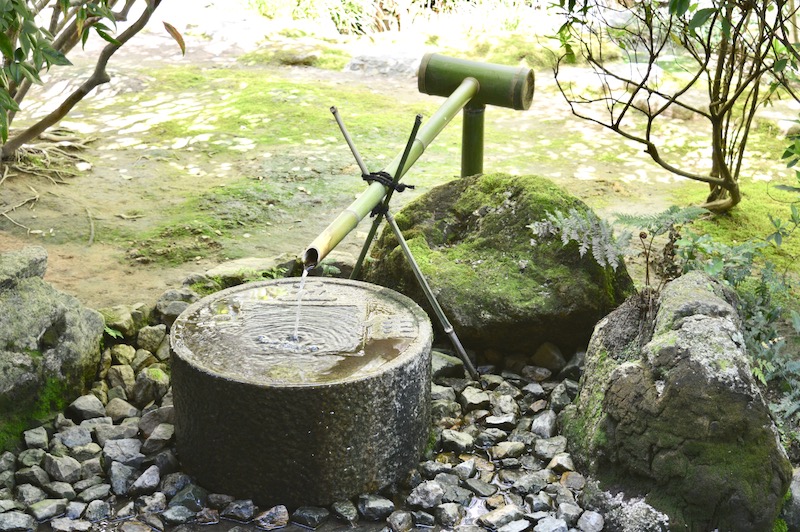
6. Wi-fi access. You may be wondering how I stayed connected while away. Japan has this figured out for tourists, too. There are two main options to stay connected: Pocket wi-fi or SIM card. Pocket wi-fi is a little gadget that you pick up and drop off at the airport. It gives you unlimited wi-fi access for your desired number of days.
Another option is to buy a SIM card for the duration of your stay. If you have an unlocked phone, you can install a Japanese SIM card and get connected within a minute. I went this route because I didn’t want to carry around another gadget with me (and worry about it losing power and such). I bought a SIM card (unlimited data) and had it sent to me in Canada before I left (from Japan Rail Pass). I wanted to feel a bit more prepared, and I didn’t want to deal with finding a SIM card seller at the airport after such a long journey. I think my SIM card with unlimited data for a 16-day period was under $50 CAD (including shipping). Next time, I would just buy my SIM card when I arrive at the airport. There were SIM card vending machines everywhere.
Hotels and many department stores offer wi-fi, too, so if you don’t want unlimited wi-fi, you could connect in these places when you need it.

7. Money. Cash. You need cash. I used my credit card twice. In two different stores. Stores and restaurants generally take credit cards, but I think cash is preferred and easier. I bought meals at some old-school restaurants and at the market, so cash was essential. I tried to add money to my Pasmo card with my Mastercard, and it didn’t work, so cash it was!
If you run out of cash while you’re there, not to worry. You can take out money with your Canadian bank card via an ATM that you’ll find at convenience stores like 7-11 and Lawson (they are everywhere!). My bank (TD Bank) charged me $5 each time I withdrew money in Japan, FYI.

8. Toilets. I miss these. Seriously! The Toto Toilets I experienced in Japan were awesome! They are toilet/bidet combos, and, best of all, many of them have heated seats. Heated! Enough said. (Don’t be surprised if I dedicate a whole other post just to Toto toilets!)
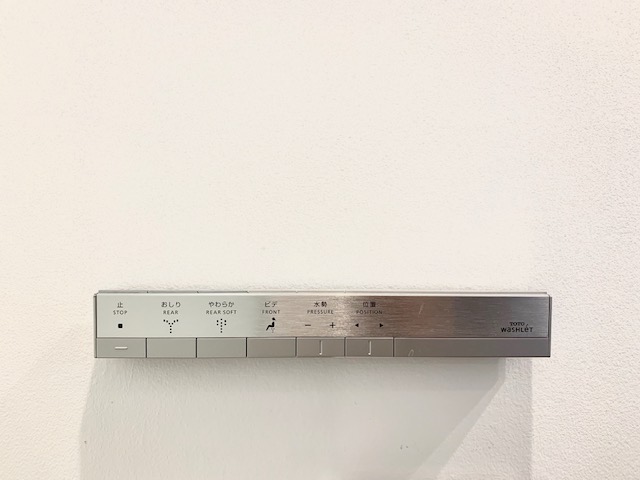
9. Safety. As a single, female traveler in a foreign country, I felt very safe in Japan. I would not hesitate to return, and I would recommend it for others similar to me who are looking for an interesting place to travel to. One Japanese woman I met told me that Japan is so safe that if you left your bag in a café for five hours, it would still be there when you got back. I believe it, too! Also, I saw so many young kids (like 7- and 8-year olds) navigating the streets and public transportation systems of Tokyo and Kyoto on their own or with a friend like it was nothing. And it was nothing.
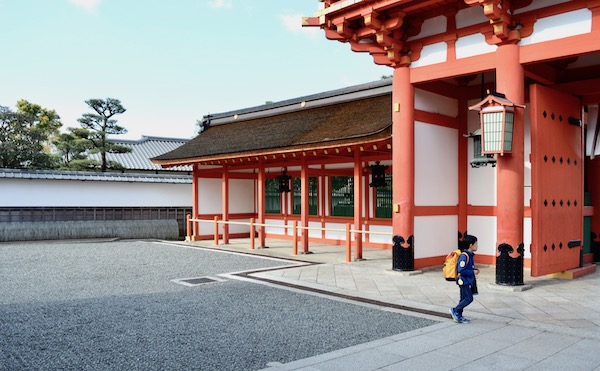
10. Be an early bird to avoid crowds. I traveled to Japan during cherry blossom season (so pretty), which meant that it was high tourist season! In Kyoto, especially, there were busloads of tourists from everywhere at each of the very popular sites. In Kyoto, for example, if I wasn’t somewhere by 8am, I would be surrounded by the busloads of people, and I would hate it. So, I woke up early, ate breakfast early, and got on my way! This meant that when I saw the Torii (orange) gates or the Bamboo Forest or the Philosopher’s Path, I went when it was calm and peaceful. I was grateful for this. When I visited the Golden Temple mid-day, on the other hand, I didn’t find any zen or peaceful moments. Not ideal for someone like me.
If you have any questions about my itinerary or experiences, let me know! I’m happy to share!
If you’d like to see some more photos, click on #WhiteCabanaGoesToJapan.
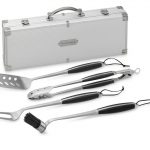

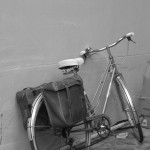
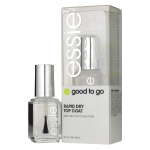
Great post about your Japan travels. The heated toilet seats changed my life! A great country to visit with incredible food and people.